At UK Electronics, we understand the importance of good PCB design to ensure that your components work as expected.
As a leading service for PCB assembly in the UK, we know that each component matters and that good design is just the first step to ensuring each component meets expectations and fulfils your end needs – whatever they may be.
With all the experience we’ve gathered, we’re able to help every client get the best PCBs by listening to their needs and what their units will be used for. This is a starting point for our design team who, when completed, move onto the prototyping and testing stage to find any issues. These can be addressed before moving to our PCB manufacturing team who complete the order.
As the industry changes, it is up to us to make sure we’re aware of new materials, tools and practises to deliver the results our customers expect. With some devices getting smaller with each generation and others focusing more on performance, this is a real challenge and shows why PCB prototyping is important to the industry, making sure we’re providing only the best designs and components we can.
There are a number of important factors to consider with any PCB design project, and we’re going to explain a couple of them.
Component layout is important
This may seem obvious but is something that every PCB design should consider, at various points through the design stage. The location of each element and component on a PCB is different to maximise the results wanted from that unit, and this changes for each device it will be used with.
Keeping important elements that generate heat away from each other where possible will improve performance, while a ground near noisy signals will also have an effect. Balancing these factors, and more, is how we create fantastic PCBs.
Another great example is for heatsinks. If space allows, adding extra copper to dissipate more of the heat generated by the PCB can improve the performance but doing so requires more thought into what’s needed on each unit and how much heat will be generated before it compromises performance.
Size does matter
PCB size does play an important part in all designs but there’s more to it than the overall size of the component. Loops are a good example, where smaller is better – even on larger or multilayer PCBs – to the reduce the resistance throughout the component. Unless you’re creating an antenna, this is a good result.
The amount of material used, in a lot of cases this is copper, is also a consideration. The amount used across each PCB is controlled by thickness, width and length. Different designs and purposes will recommend varying levels to ensure customers get the desired results, so there’s no ‘one size fits all’ approach here.
While thick copper PCBs are useful, some features, such as pins, are very fine components are often more difficult to create with thick copper and this is something that has to be taken into consideration.
To find out more about how we can help with your PCB design and manufacturing, get in touch with the team at UK Electronics now.

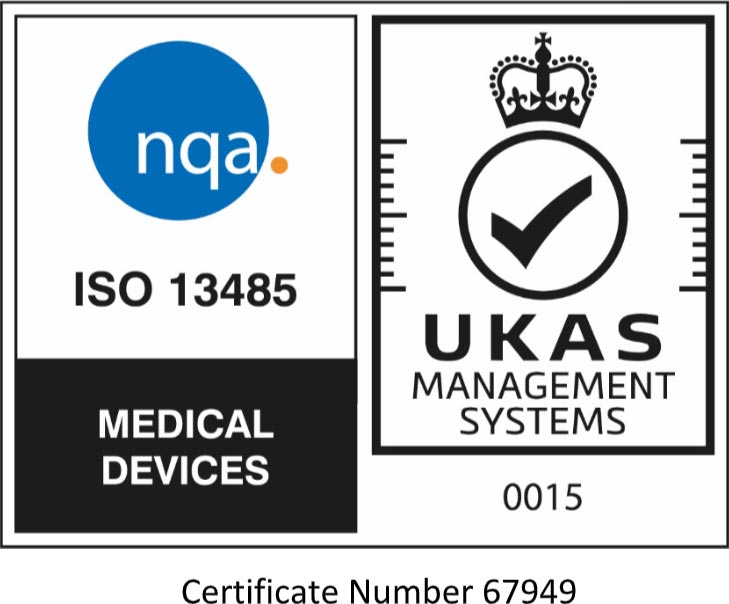





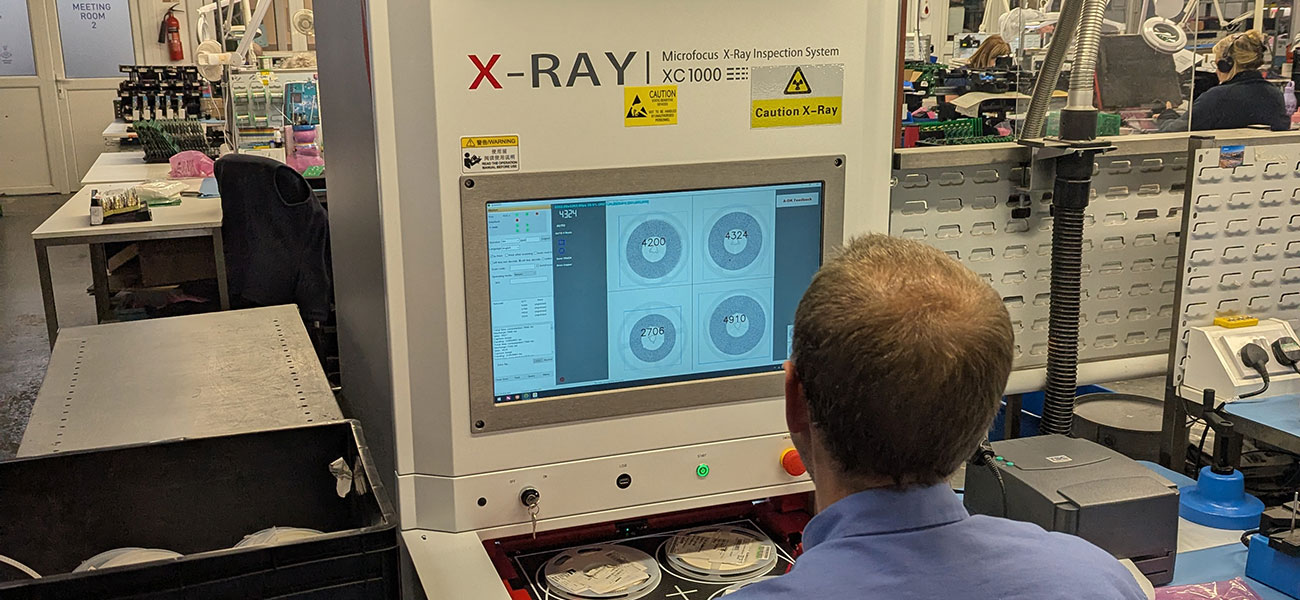
 PCB Design
PCB Design 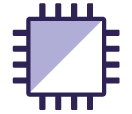 Electronic Assembly
Electronic Assembly  PCB Prototyping
PCB Prototyping  EMC Testing
EMC Testing 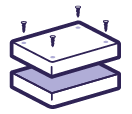 Box Build
Box Build 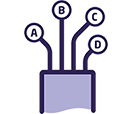 Cable Assembly
Cable Assembly